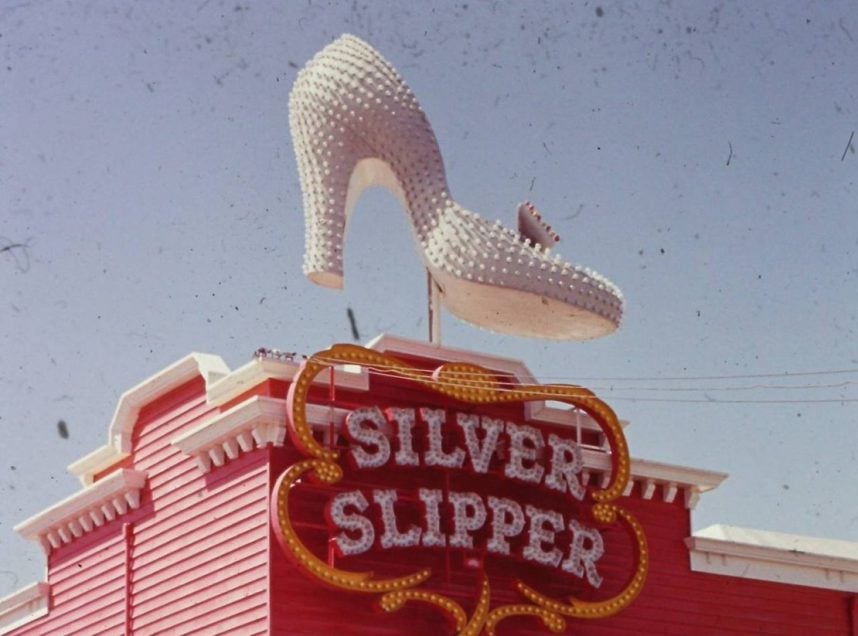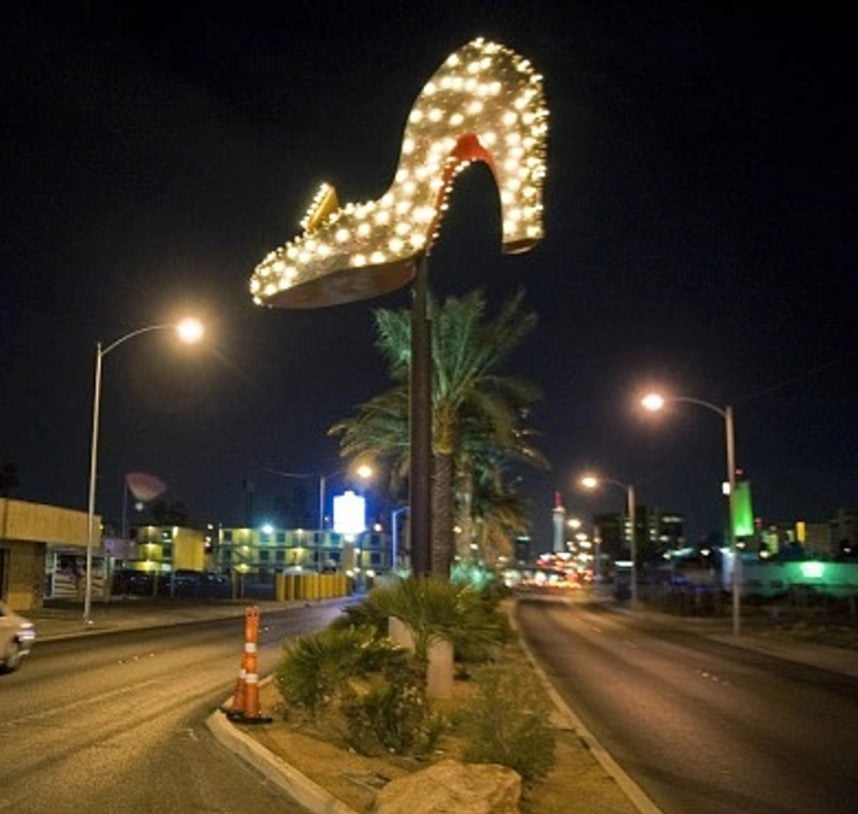
Howard Hughes Silver Slipper Myth: The Real Story Behind Casino Purchase
In the 1960s, a persistent myth claimed Howard Hughes purchased the Silver Slipper casino in Las Vegas just to dim its iconic rotating shoe sign that allegedly disturbed his sleep at the Desert Inn. However, this story is demonstrably false.
Paul Winn, Hughes' director of corporate records from 1957-1976, confirmed to Casino.org that these claims were "complete nonsense." Here's why:
- Hughes kept his curtains completely drawn 24/7, making it impossible for any casino sign to disturb him
- The timeline doesn't match - Hughes began buying casinos in March 1967, but didn't acquire the Silver Slipper until April 30, 1968
- The nearby Frontier's sign was actually larger and brighter than the Silver Slipper's

Las Vegas Silver Slipper sign, 1965
The myth originated from a Las Vegas Review-Journal gossip column by Earl Wilson in 1967, which was later quietly retracted. The real reason Hughes began purchasing Las Vegas properties was much simpler - he refused to check out of the Desert Inn, and buying the property was the only way to avoid eviction.

Howard Hughes portrait in black-and-white
Hughes' Las Vegas acquisitions included:
- Desert Inn ($13.2 million)
- Sands ($14.6 million)
- Frontier ($23 million)
- El Rancho Vegas ($7.5 million)
- Castaways ($3 million)
- Landmark ($17 million)
- Silver Slipper ($5.4 million)

Illuminated neon shoe sign
The Silver Slipper's iconic sign, designed by former Disney animator Jack Larsen Sr., featured 900 lightbulbs on the shoe and 80 on the bow. While the sign eventually stopped rotating, this was likely due to mechanical failure rather than any intervention by Hughes. The sign was preserved and restored by the Neon Museum in 2009, where it continues to shine on Las Vegas Boulevard North.
Related Articles

Vegas Myth Debunked: Casino 'Coolers' Never Actually Existed to Stop Winners

